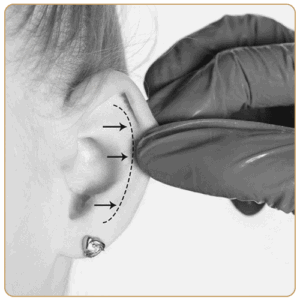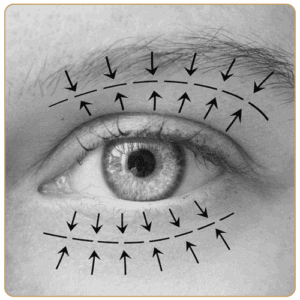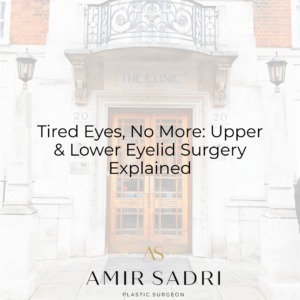In the world of cosmetic surgery, combining procedures—often referred to as “combined surgery” or “multi-procedure surgery”—can be an effective way to achieve comprehensive enhancements in one go.
1. Consult with a Board-Certified Surgeon
The first and most crucial step in combining procedures is to consult with a board-certified plastic surgeon who has experience in performing multiple procedures simultaneously. An expert surgeon, like Dr. Amir Sadri, will evaluate your overall health, discuss your aesthetic goals, and determine which combinations of procedures are suitable for you.
What to Discuss:
- Your Goals: Clearly articulate what you hope to achieve with the combination of procedures.
- Health Considerations: Share your complete medical history and any concerns you may have.
- Procedure Options: Explore which procedures can be safely combined and how they align with your goals.
2. Plan Your Procedures Wisely
Combining procedures requires careful planning to ensure that each procedure complements the others and that your body can handle the stress of multiple surgeries. Your surgeon will create a tailored plan based on your specific needs and goals.
Considerations for Planning:
- Procedure Types: Some procedures pair well together, such as a facelift with eyelid surgery, while others may be better performed separately.
- Timing: Plan the timing of each procedure carefully to avoid overlapping recovery times and to ensure a more manageable healing process.
- Surgical Techniques: Advanced techniques may be employed to minimise downtime and optimise results when multiple procedures are combined.
3. Understand the Benefits of Combining Procedures
Combining procedures can offer several advantages, including:
- Comprehensive Results: Addressing multiple areas in one surgery can provide a more harmonious and complete transformation, reducing the need for additional surgeries.
- Reduced Overall Recovery Time: By consolidating procedures into a single surgery, you can potentially shorten your overall recovery time compared to undergoing multiple separate surgeries.
- Cost Efficiency: Combining procedures can be more cost-effective, as you often save on anaesthesia and facility fees when undergoing multiple procedures at once.
4. Prepare for a Longer Recovery Period
While combining procedures can be advantageous, it’s important to prepare for a potentially longer recovery period compared to a single procedure. The more extensive the surgery, the more time your body will need to heal.
Recovery Tips:
- Follow Instructions: Adhere strictly to post-operative care instructions provided by your surgeon to promote optimal healing.
- Rest and Recovery: Allow yourself ample time to rest and recover. Avoid strenuous activities and follow guidelines for resuming daily activities.
- Manage Expectations: Understand that recovery may involve more swelling, bruising, or discomfort when multiple procedures are combined.
5. Minimise Risks with Pre-Operative Preparations
Prior to undergoing combined procedures, taking steps to minimise risks and ensure a smooth surgery is essential. This includes:
- Pre-Surgical Assessments: Complete all necessary medical evaluations and tests to ensure you’re in good health for multiple procedures.
- Lifestyle Adjustments: If you smoke or consume alcohol, consider making lifestyle changes before surgery to improve healing outcomes.
- Medication Management: Review all medications and supplements with your surgeon to avoid any that may increase bleeding or interfere with anaesthesia.
6. Monitor Your Recovery Closely
Following your combined surgery, close monitoring of your recovery is crucial. Pay attention to your body’s signals and report any unusual symptoms to your surgeon promptly.
Recovery Monitoring:
- Follow-Up Visits: Attend all scheduled follow-up appointments to allow your surgeon to assess your progress and address any concerns.
- Signs of Complications: Be aware of potential complications, such as excessive bleeding, severe pain, or signs of infection. Contact your surgeon immediately if you experience any of these issues.
7. Maintain a Healthy Lifestyle for Long-Term Results
To maximise the benefits of your combined procedures and maintain your results over time, it’s important to adopt a healthy lifestyle:
- Balanced Diet: Eat a nutritious diet to support overall health and maintain your results.
- Regular Exercise: Engage in regular physical activity to keep your body in shape and enhance your overall well-being.
- Skincare Routine: Follow a good skincare routine to protect and maintain the results of facial procedures.
Conclusion
Combining cosmetic procedures can be a powerful way to achieve comprehensive enhancements and streamline your path to your aesthetic goals. By carefully planning your procedures, preparing for recovery, and working with an experienced, board-certified surgeon, you can maximise your results and enjoy a more efficient and effective transformation.










